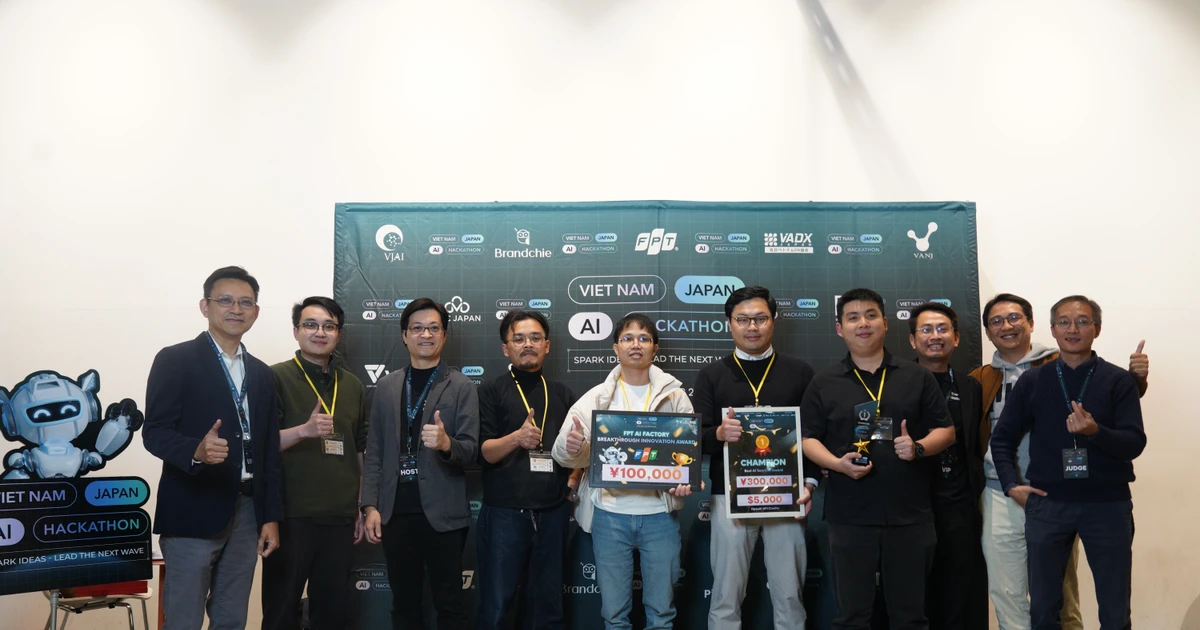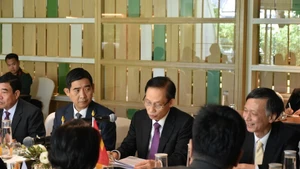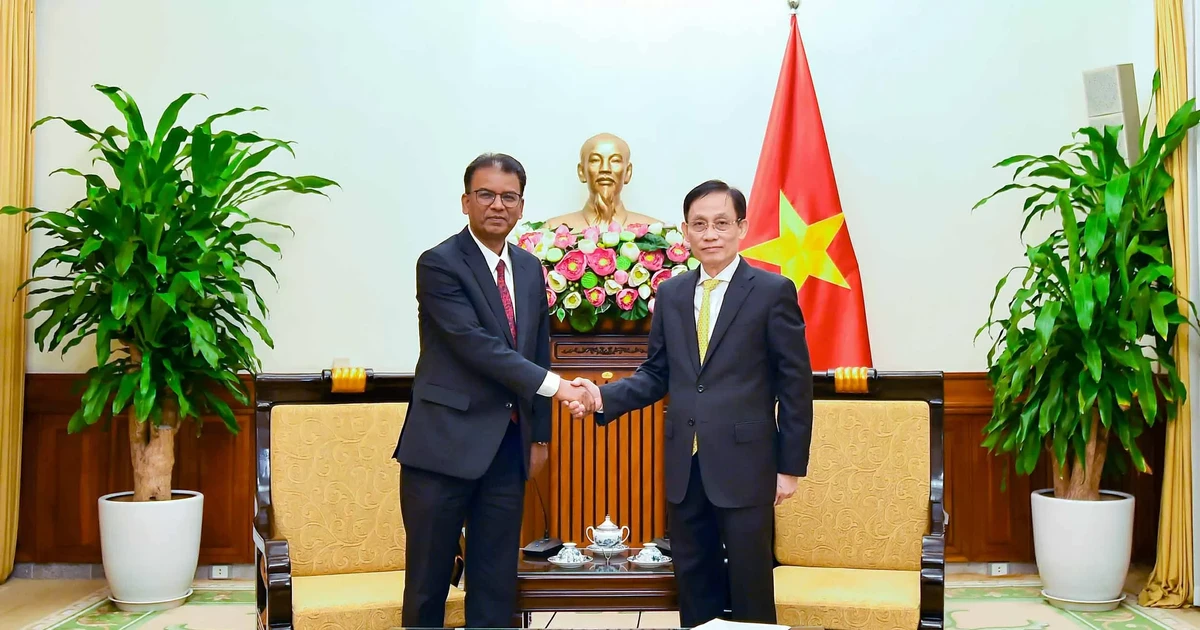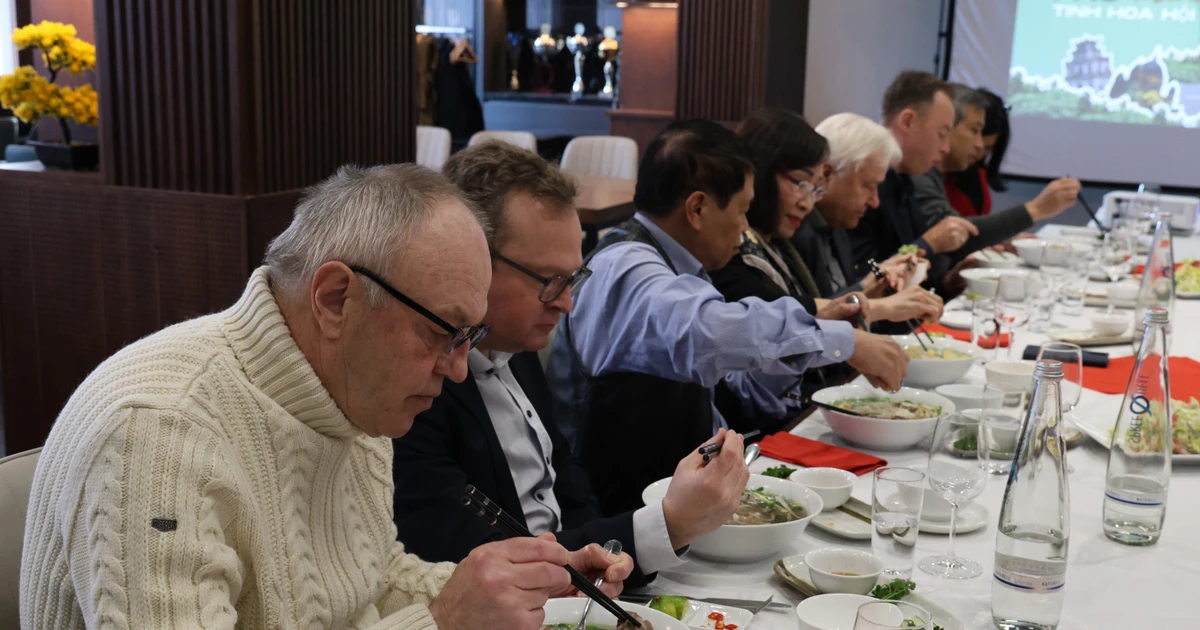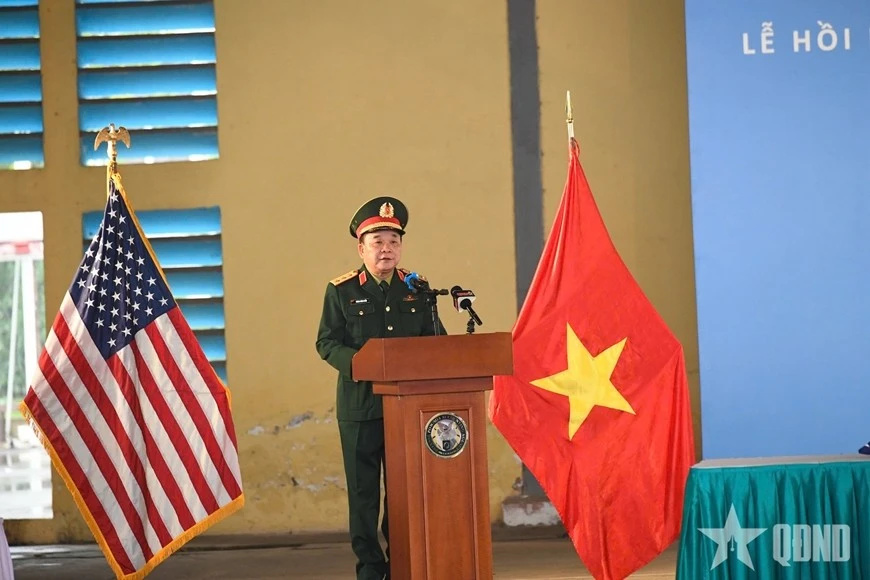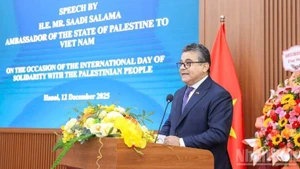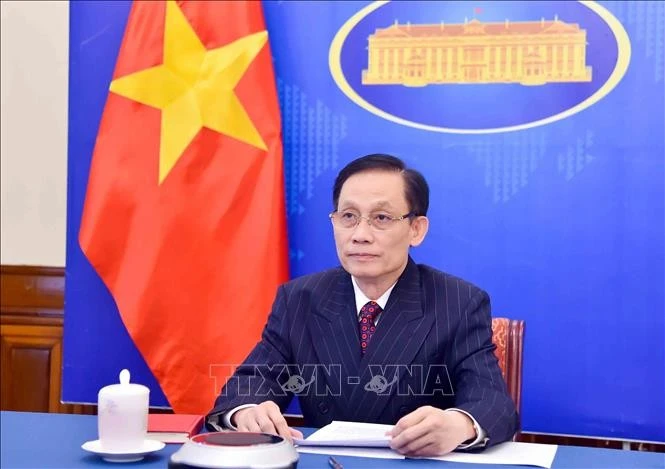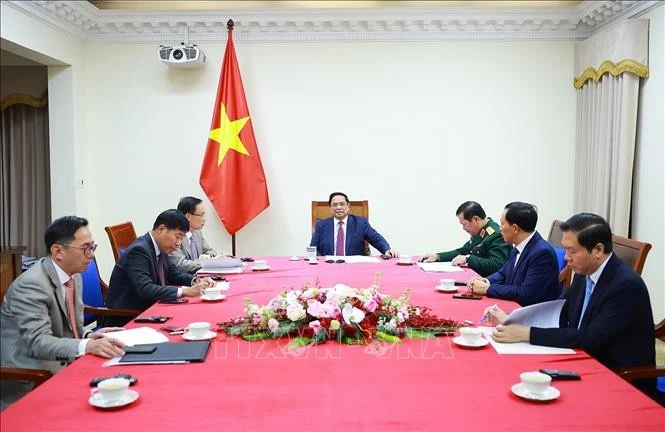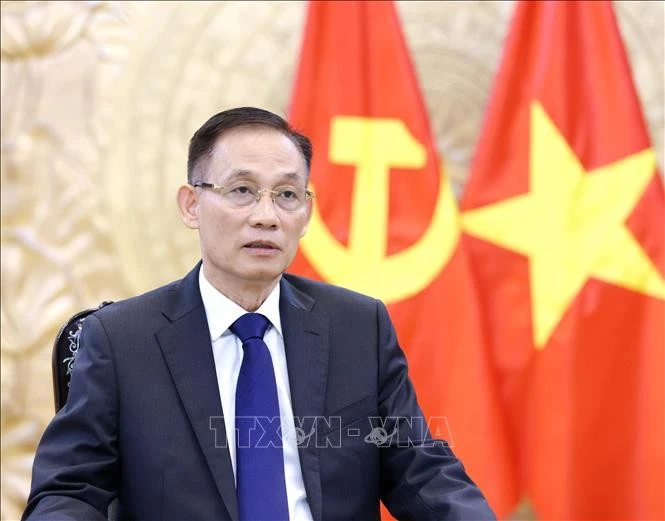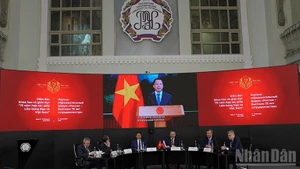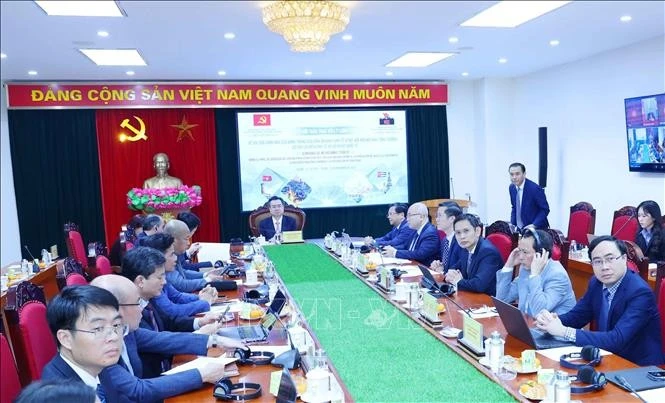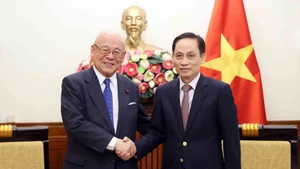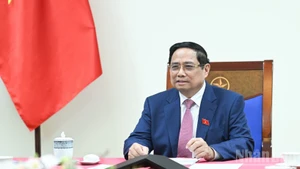The base will be for attracting talents from around the world to contribute to the development of Vietnam's semiconductor ecosystem and artificial intelligence (AI), and promoting startups, thus boosting the digitalisation in the country, Huang said, stressing that the group is pleased to set up this partnership with Vietnam.
He noted that Nvidia, which has already invested about 250 million USD in Vietnam, regards the country as an important market.
Huang held that that the good relationship between Vietnam and the US has created favourable conditions and a foundation for cooperation in the semiconductor industry and AI.
The CEO also highly valued Vietnam's potential, great opportunities, and clear strategy, vision and approach, as well as its focus on infrastructure investment in semiconductors and AI, and human resources in the spheres.
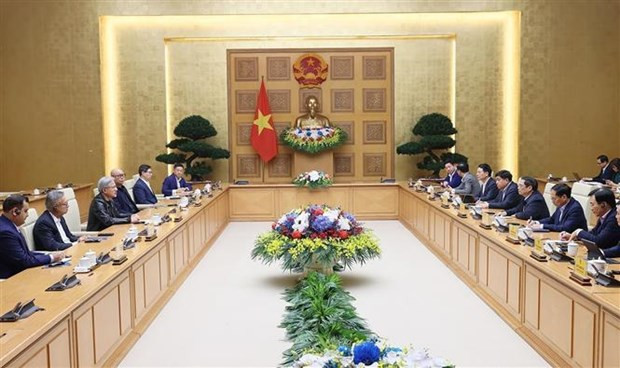 |
| At the meeting between Prime Minister Pham Minh Chinh and President and CEO of Nvidia. (Photo: VNA) |
Vietnam is at an important moment in its development process, he said, adding once it succeeds on semiconductors and AI, the country will be successful in the most crucial stages and areas of industry and technology.
Vietnamese people are excellent at math, and the country has software capabilities and a very good position to develop semiconductors and AI, he continued.
PM Chinh emphasised that in their newly-established comprehensive strategic partnership, Vietnam and the US have agreed to make science-technology and innovation a new and significant pillar.
Therefore, priorities should be given to some areas of Vietnam’s focus, especially semiconductors, the leader said, briefing the guest on the country’s personnel in the industry with some 6,000 engineers, the number of high-quality engineers expected to increase to 50,000 by 2030, prioritising circuit design engineer training.
The PM asked Nvidia to set out a strategic vision in cooperating and accompanying with Vietnam in building and implementing its national semiconductor strategy and developing the semiconductor ecosystem in all the three stages of chip factory design and construction, packaging, and testing.
He also suggested the group to concentrate on cooperation in infrastructure, building training facilities, and research and development, and design centres, developing semiconductor chip and AI products, building big data centres, along with high performance computing and semiconductor engineer training in Vietnam.
Chinh thanked the Nvidia official for his assessments and strong commitments, saying Vietnam will establish a working group to put in place and push ahead with cooperation agreements and contents between the two sides, which will be headed by the PM himself.
During his trip to the US in September, the PM visited the Nvidia headquarters and invited Huang to visit Vietnam as soon as possible.

